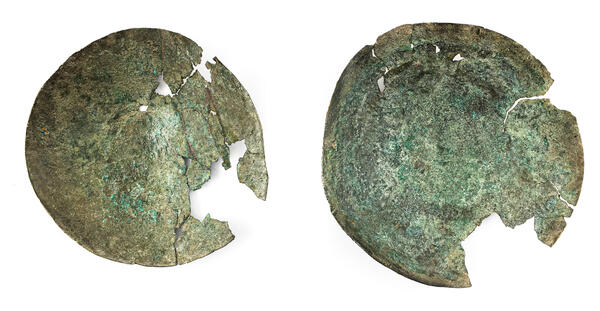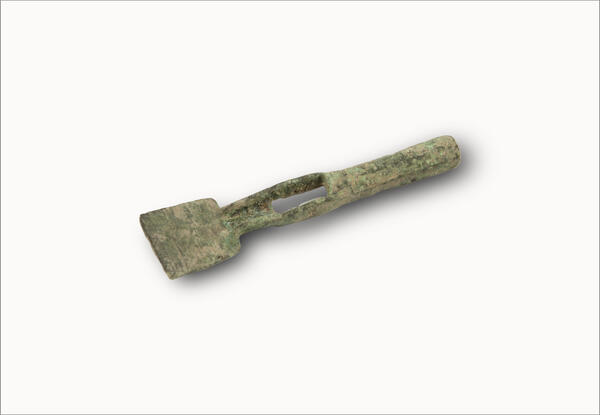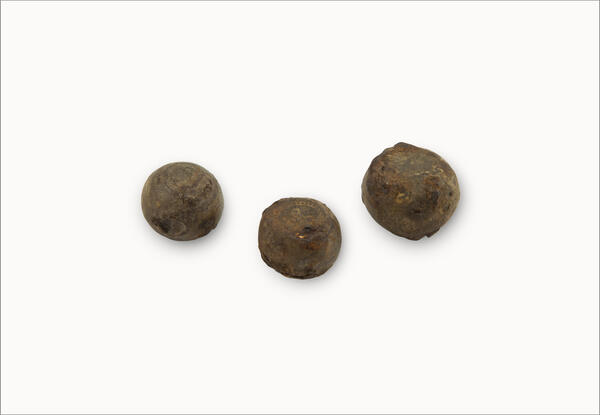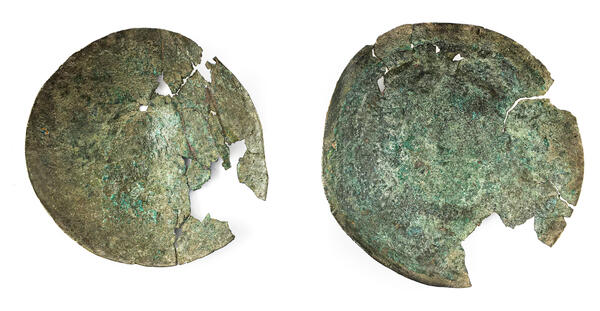Numismatic materials are one of the main archaeological sources that provide information on trade in pre-Mongolian Rus, its economic centers and networks. They clarify and provide a significant amount of detail in addition to manuscripts.
At the same time, Russian export goods, that is, products of local crafts like pelts, honey, and wax, are archaeologically “elusive”. The fact that people even traded food can only be deduced from amphoras, in which wine or oil was brought from the south. Therefore, the study of economic relations in the Middle Ages uses all types of sources.
Between the 9th and the 10th centuries, trade was still poorly developed and was characterized by limited and irregular cooperation between settlements. Subsistence farming aimed to satisfy the basic needs of owners, not to provide commodity production. Even basic food trade was not a vital necessity for people.
The era was prominent for its agricultural economy. Communal and town artisans only made products to order, not for the market. Their produce was not intended for mass buyers. The volume of domestic trade could not be large. The type of trade where rare goods were imported from abroad was the dominant one.
The period between the 12th century and the first half of the 13th century represents the heyday of all types of ancient Russian trade. In comparison with the 11th century, the number of towns increased, and some of the artisans moved from commissions to the market trade.
These developments improved the exchange of goods between towns and the countryside. Peasants sold agricultural products at a town market and purchased products of townspeople and some foreign trade items, such as silk braid, which was used to decorate outerwear.
All this led to towns, such as Gorokhovets, becoming the trading centers of Russia: archaeologists discovered various merchant’s items like lead stamps used to seal bales of goods or bundles of “pelt money”, weights, scale pans, and fragments of vessels imported from the Volga Bulgaria.
At the same time, Russian export goods, that is, products of local crafts like pelts, honey, and wax, are archaeologically “elusive”. The fact that people even traded food can only be deduced from amphoras, in which wine or oil was brought from the south. Therefore, the study of economic relations in the Middle Ages uses all types of sources.
Between the 9th and the 10th centuries, trade was still poorly developed and was characterized by limited and irregular cooperation between settlements. Subsistence farming aimed to satisfy the basic needs of owners, not to provide commodity production. Even basic food trade was not a vital necessity for people.
The era was prominent for its agricultural economy. Communal and town artisans only made products to order, not for the market. Their produce was not intended for mass buyers. The volume of domestic trade could not be large. The type of trade where rare goods were imported from abroad was the dominant one.
The period between the 12th century and the first half of the 13th century represents the heyday of all types of ancient Russian trade. In comparison with the 11th century, the number of towns increased, and some of the artisans moved from commissions to the market trade.
These developments improved the exchange of goods between towns and the countryside. Peasants sold agricultural products at a town market and purchased products of townspeople and some foreign trade items, such as silk braid, which was used to decorate outerwear.
All this led to towns, such as Gorokhovets, becoming the trading centers of Russia: archaeologists discovered various merchant’s items like lead stamps used to seal bales of goods or bundles of “pelt money”, weights, scale pans, and fragments of vessels imported from the Volga Bulgaria.






